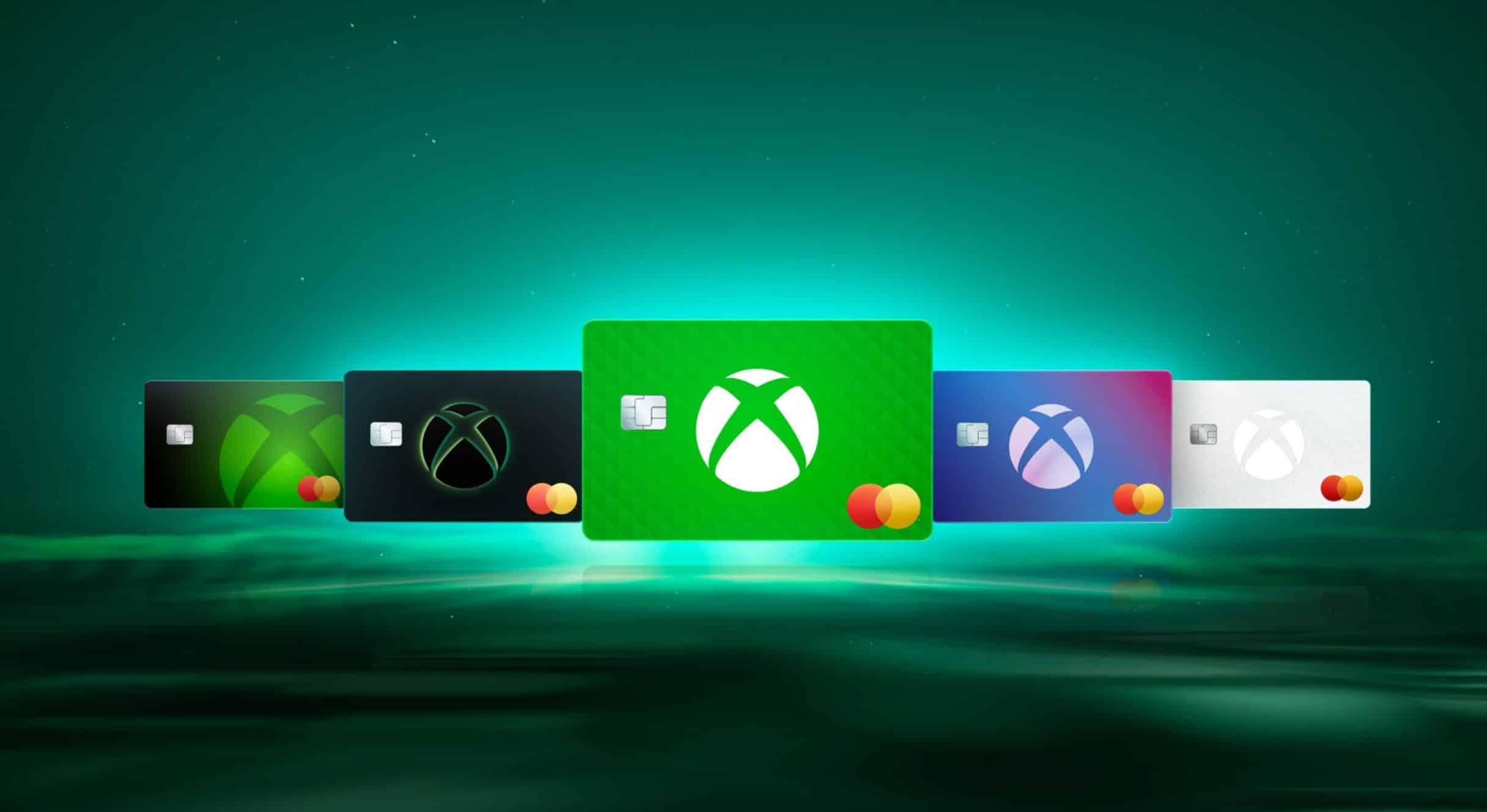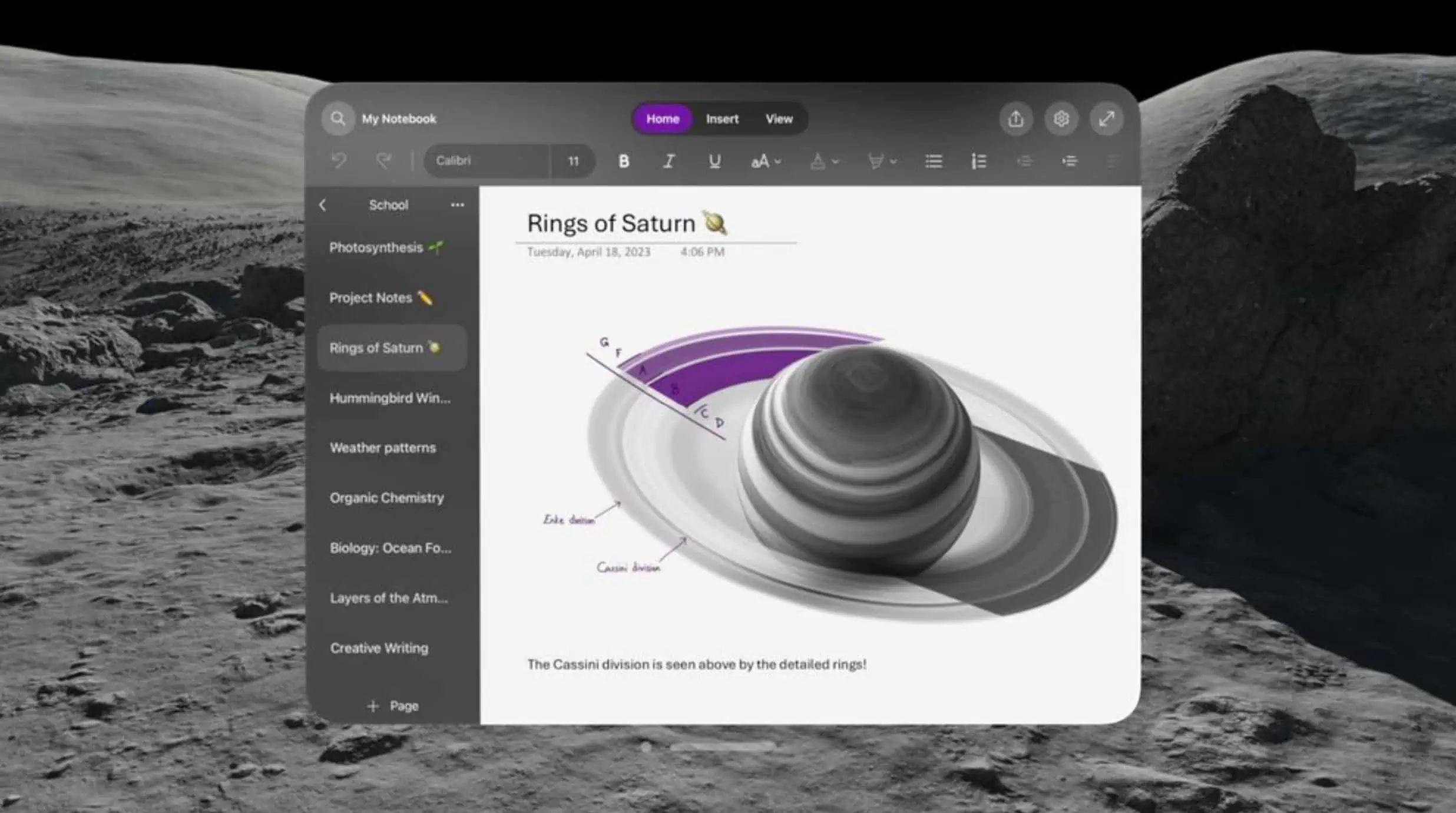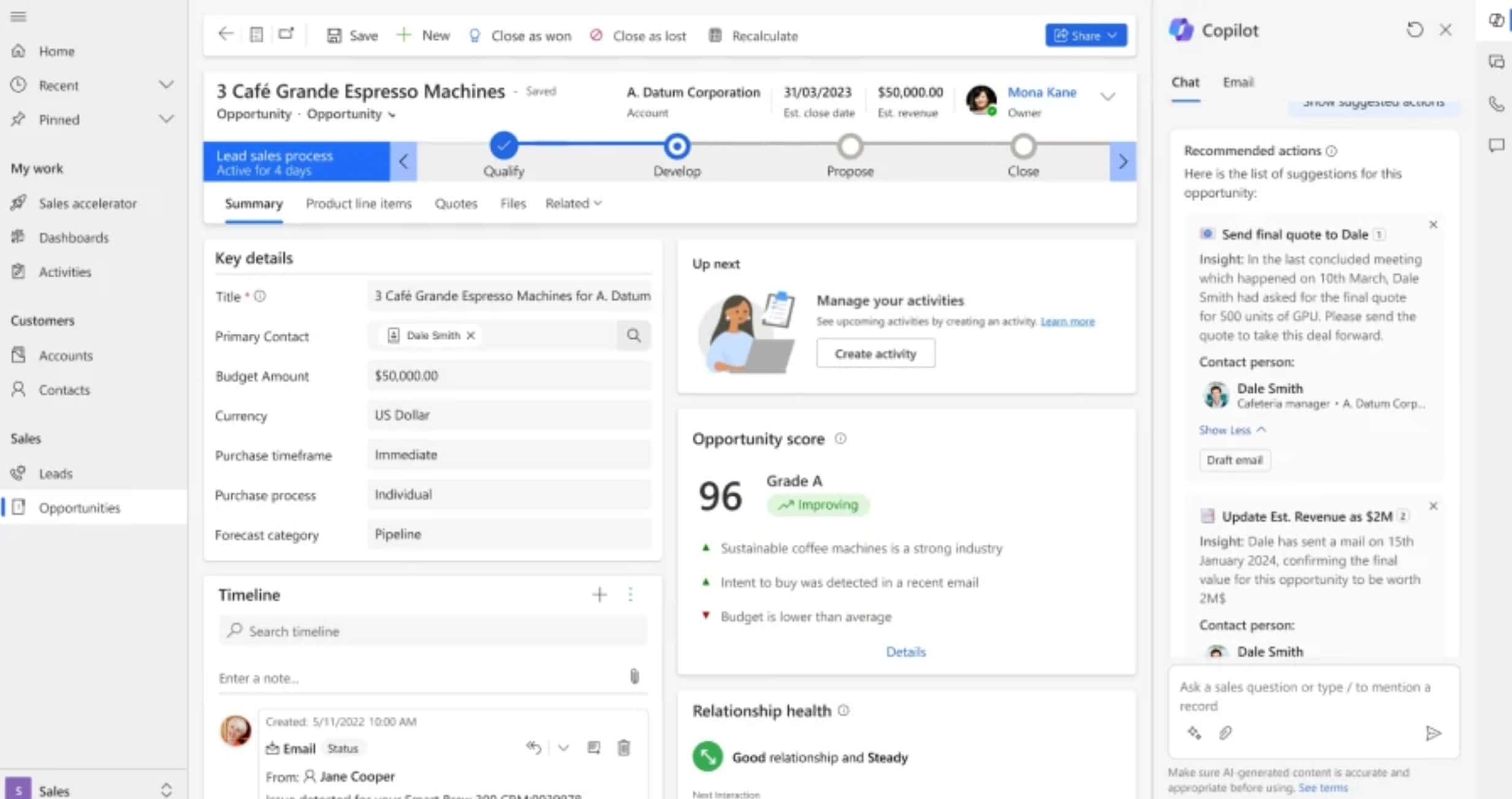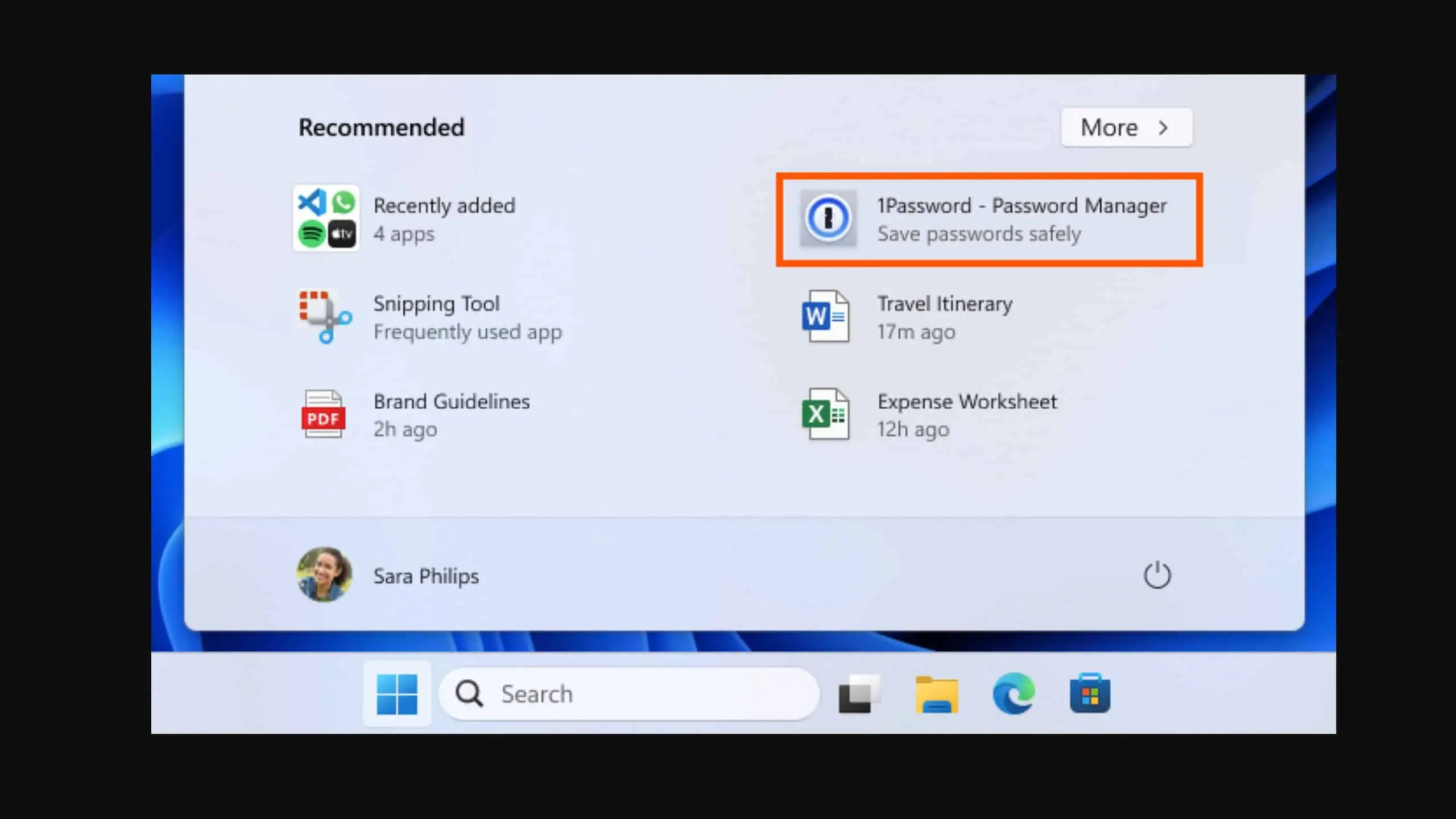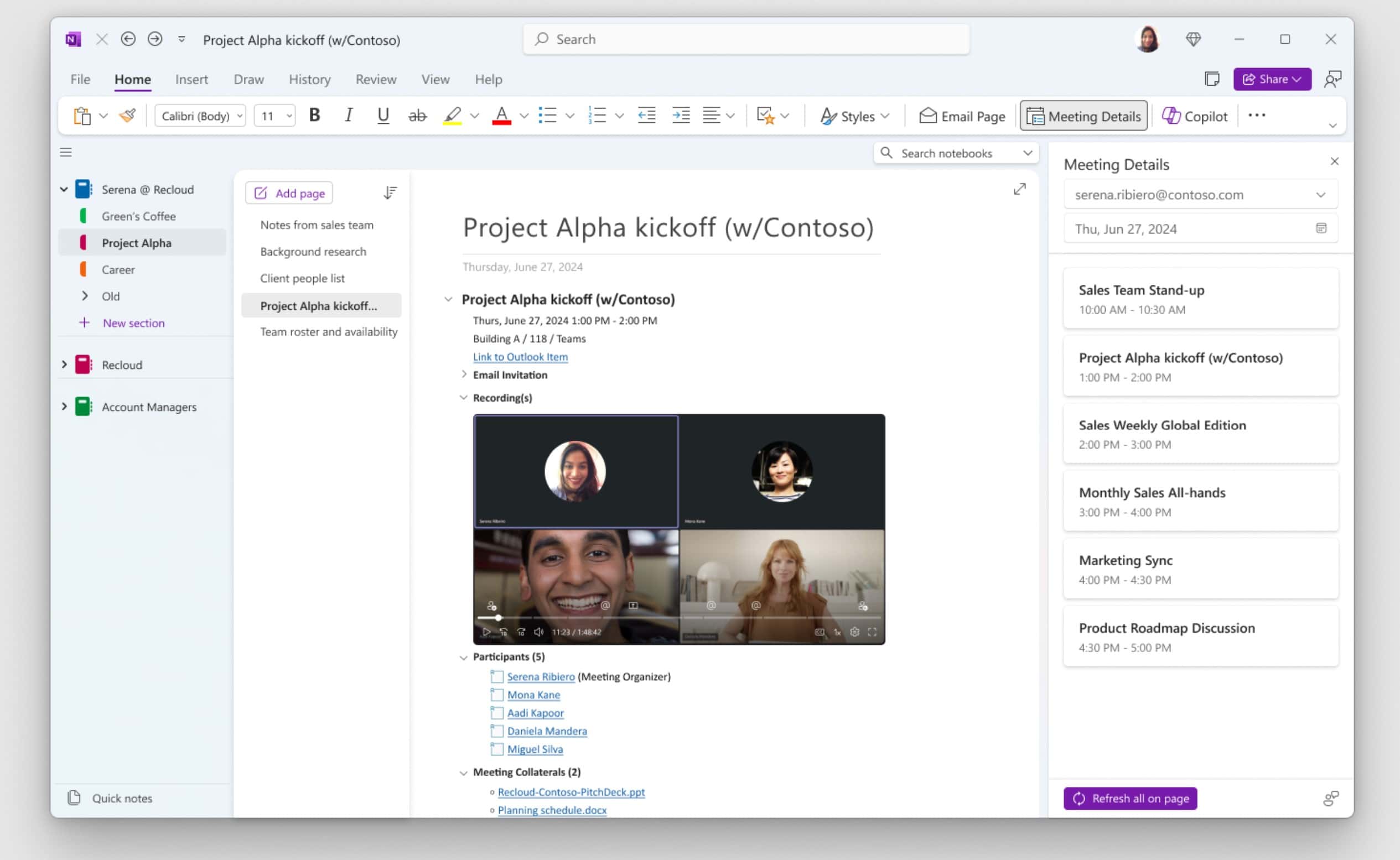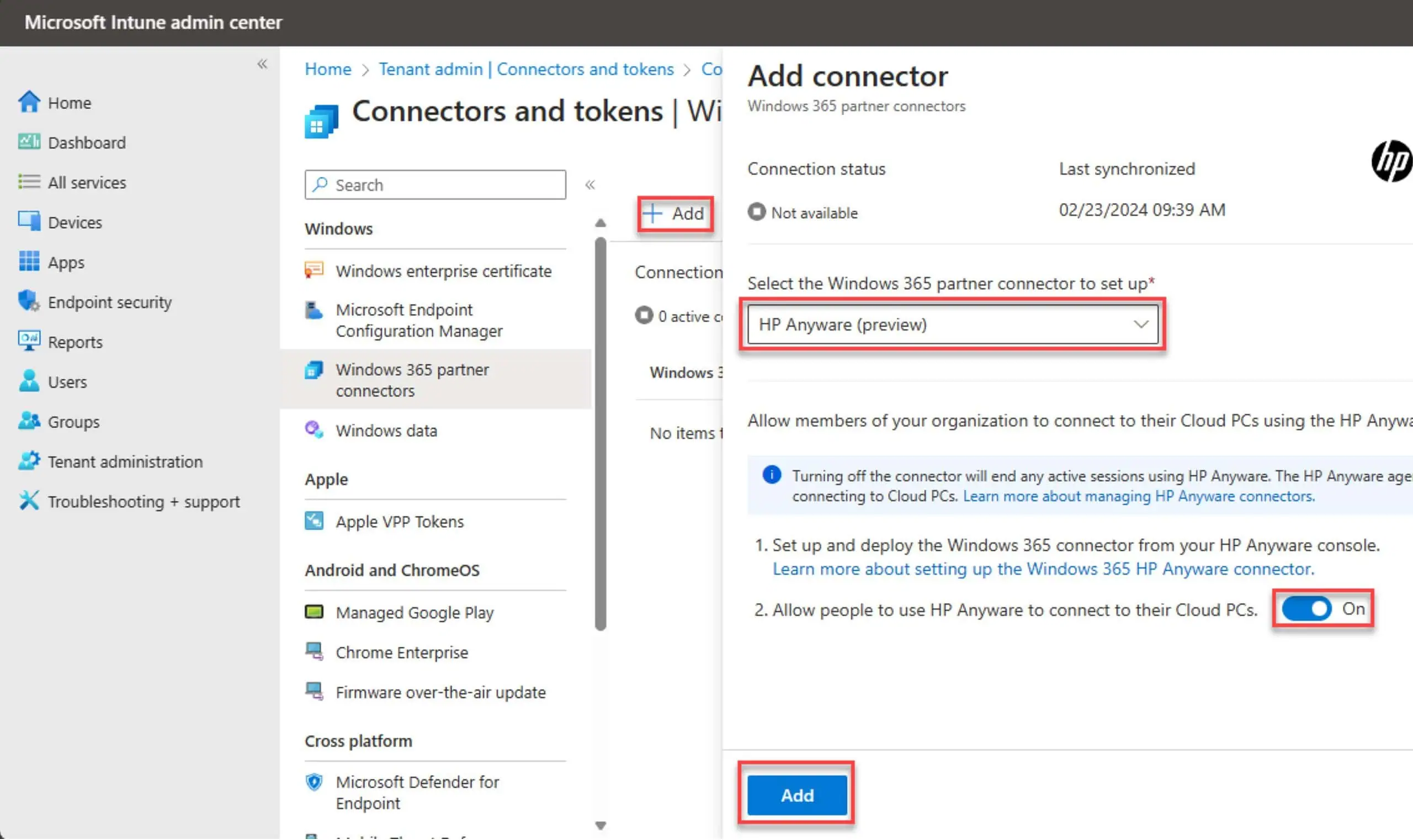Fun Fact: Windows XP CD Included Microsoft Bob Code
3 min. read
Published on
Read our disclosure page to find out how can you help MSPoweruser sustain the editorial team Read more
Most of you might now know about Microsoft Bob, Bob was intended to be a friendly user interface on top of Windows 3.1. It was received very poorly by both consumer and critics. Some media even claimed that Bob is named one of the worst technology products of all time. Internally, Bob’s internal code name was “Utopia” and it was discontinued by Microsoft in 1998. Even though you think that Bob is dead right now, its legacy still lives on in the form of code. It turns out Bob was actually more useful dead than alive.
When you intend to distribute your software on a CD, one thing you have to worry about is making sure your product actually fits on a single CD. Fortunately, it so happened that even after taking into account the disk space required for translations, support tools, and the other stuff that has to go onto the Windows XP CD, there was still about 30 megabytes of storage capacity remaining. The people who worry about these sorts of things figured, well, we already paid for all that storage capacity on the CD so we might as well use it, right?The result was a rather feeble attempt to slow down the people who like to make illegal copies of Windows. Somebody decided to fill that extra capacity on the CD with dummy data and to have the Windows Setup program verify that the dummy data was still there. This, the logic went, would force people downloading a copy of the CD image to download an additional thirty or so megabytes of data. Remember, this was back in the day when “broadband” hadn’t yet become a household word and mainstream users were using dial-up connections. Having to transfer an additional thirty megabytes of data over a 56Kb modem was a bit of an obstacle to slow users down—not that it would slow them down much by today’s standards.The person who was asked to implement this check needed a source for the dummy data. Now, he could have just called the CryptGenRandom function to generate 30 megabytes of cryptographically random bytes, but where’s the fun in that? Instead, he dug through the archives and found a copy of Microsoft Bob. He took all the floppy disk images and combined them into one big file. The contents of the Microsoft Bob floppy disk images are not particularly random, so he decided to scramble up the data by encrypting it. When it came time to enter the encryption key, he just smashed his hand haphazardly across the keyboard and out came an encrypted copy of Microsoft Bob. That’s what went into the unused space as ballast data on the Windows XP CD.


